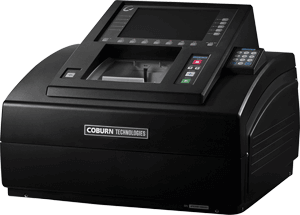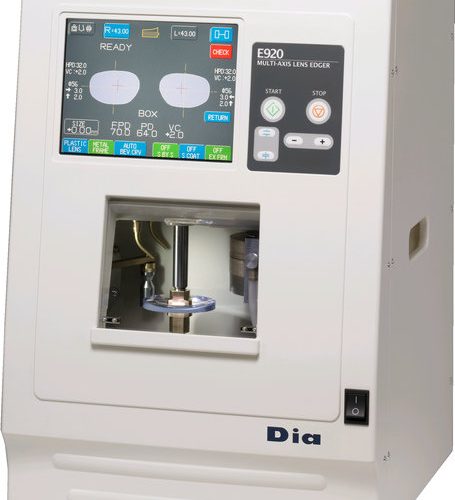The story begins in 1968 when the Russian physicist Viktor Veselago publishes a theoretical article dealing with the propagation of electromagnetic waves in a hypothetical environment that at the same time has negative permitivity and permeability. Solving Maxwell’s equations for such environments can be relatively easy to draw some interesting consequences. For example:

The wave vector and the electromagnetic wave intensity (and isotropic) field vectors in this order do not form a right-handed, but left-hand triangle of perpendicular vectors. Therefore, this environment is sometimes also called left-handed or L-environment.
- In the isotropic environment, the phase and group velocity vectors have the opposite direction.
- The Doppler effect works on the contrary – the observer moving towards the source detects a lower frequency, the observer moving away from the source then the frequency is higher.
- The material with negative permitivity and permeability has a negative refractive index.
- The last of the above mentioned points has interesting implications for light refraction at the interface of the normal environment (for example air) and the L-environment, see the picture.
Broken interface
Framing the light at the interface of two environments. The beam 1 represents the incident wave, the ray 2 is reflected, the ray 3 is blown into the environment with a relative refractive index n > 0, the beam 4 is then blown to the L-environment ( n <0). Fragment fracture at the interface of two environments is described by Snell's law sin a / sin ß = n , where n is the relative refractive index. At the interface of two normal environments, therefore, the beam 1 incident at an angle will break at an angle ß (beam 3). However, at the interface of the normal and L-environments with a relative refractive index n <0, it will be broken (as a result of the negative refractive index) below the angle ß (beam 4). Hence, for example, a twin-lens lens made of L-material will break light as a scatter, a double-edged lens edger as a clutch.
As a special kind of lens, the L-material planar plate is also behaving (see figure below). The point located at the object distance and
Unfortunately, materials in the nature with negative permitivity and permeability (in the given frequency band) are not produced, they must be made artificially. These so-called photonic crystals can be composed, for example, of thin wires and loops arranged in a dielectric material grid, see figure below. By “wires” the permitivity is influenced and by “loops” (they are actually resonators) the permeability is affected. With such a photonic crystal, it has been experimentally verified that it is indeed an environment with negative permitivity and permeability, and that a prism cut out of this material breaks the electromagnetic waves as it follows from L-environment theory. At present, ways are sought to extend the frequency bands in which these interesting features appear, and ways to move the negative refractive index frequency band to the optical region are also sought.
